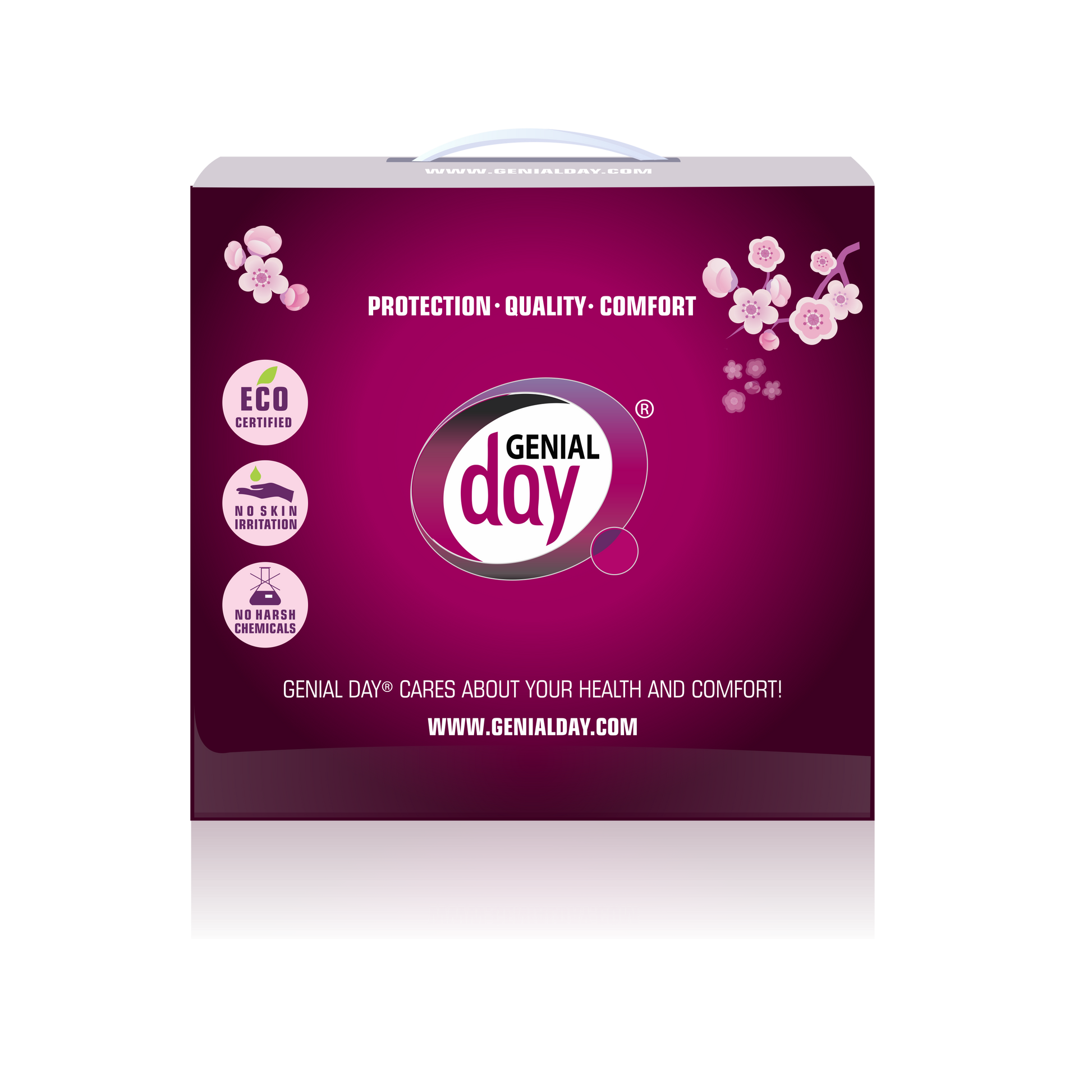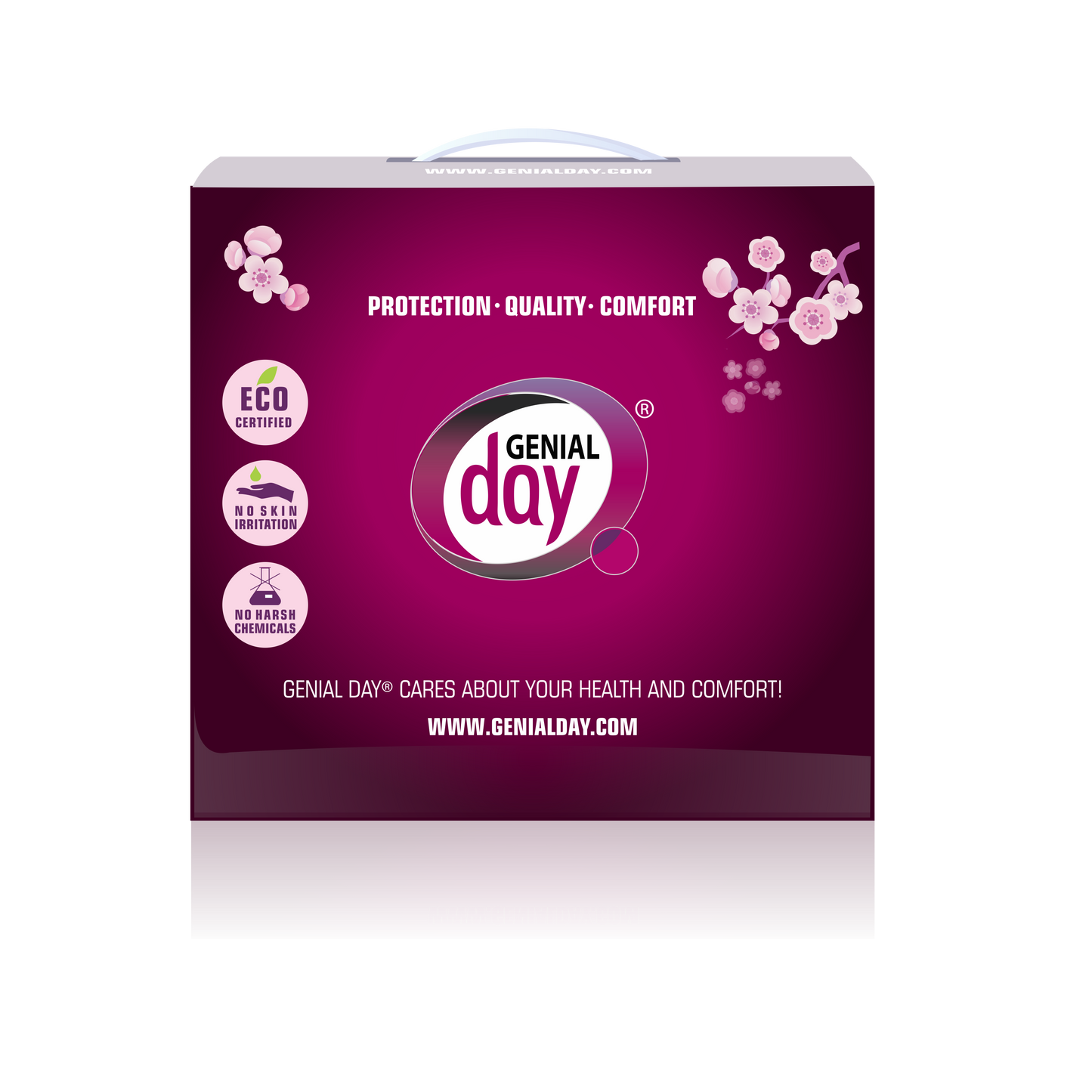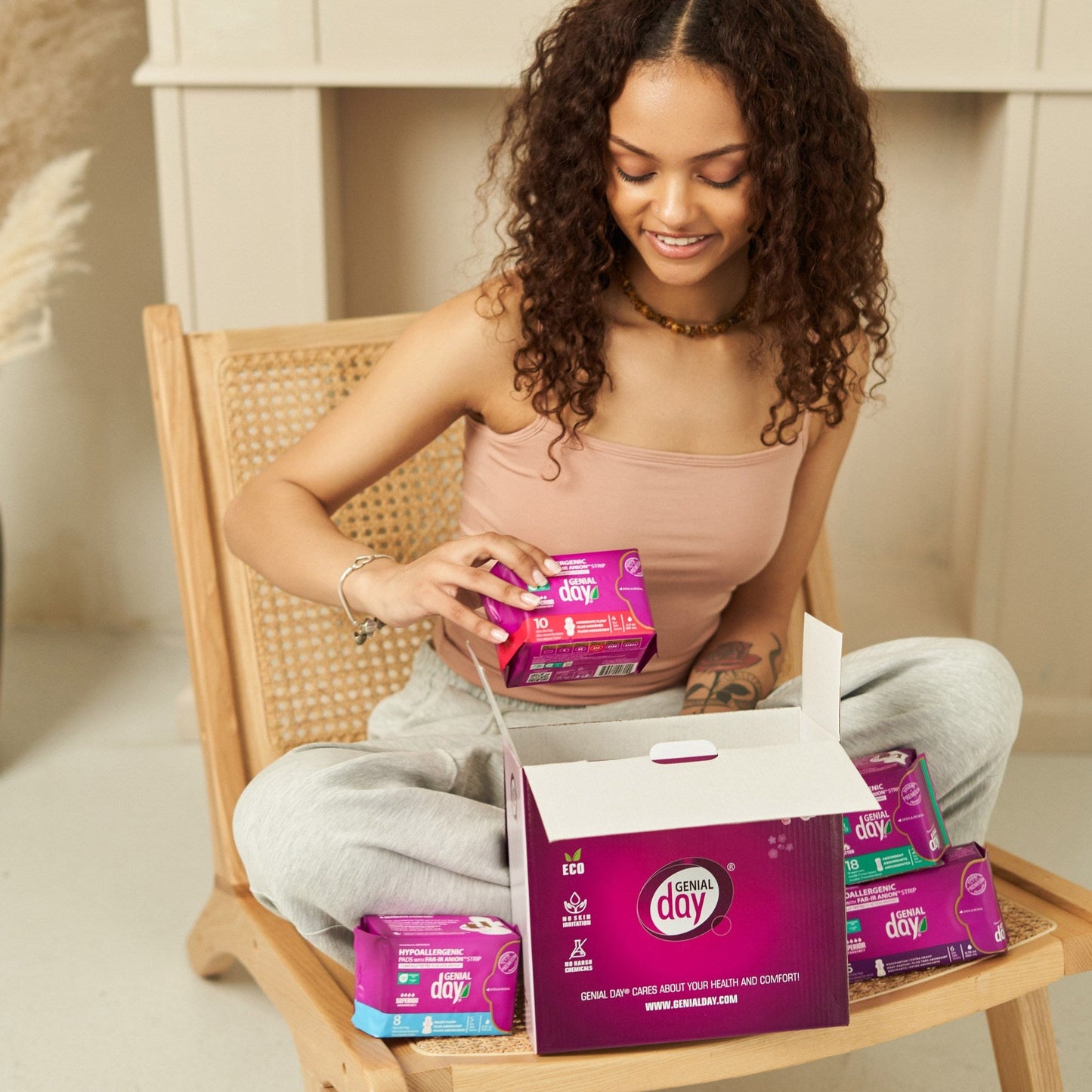A menstrual cup can be worn by adolescents and teens, but bear in mind: it may take a little longer to get used to it, especially if you are not familiar with your anatomy.
Alright, let’s cut to the chase:
Menstrual cups. Small, flexible silicone or plastic ‘cups’ (more like tiny bell-shaped things), designed to be folded up and inserted into a woman’s vagina to collect period blood, in place of a tampon.
A safe, eco-friendly person’s alternative to tampons and pads. Also a bit harder to find, but definitely worth the trouble. You can leave it in safely to collect blood for many hours before you take it out, empty it, and give it a rinse before putting it back in, which means you don’t have to spend as much time bothering with it as tampons or pads, which have to be changed every few hours or so.
It is a personal choice as to what form of sanitary protection you choose to use. Some pre-teen and teens use a menstrual cup, whilst others may not feel ready to do so at a young age.
Using a menstrual cup does require a ‘hands on’ approach, so it comes down to your own level of comfort and knowledge of your body, as well as any other cultural, family or religious beliefs you may hold.
Why would someone choose a menstrual cup?
Menstrual cups are more convenient; you’ll never have to worry about buying or running out of tampons or pads if you use a menstrual cup. A menstrual cup can be worn for up to 8 or more hours, holds two to three times the volume of a tampon or pad, and is completely internal – so it allows you to go about your day-to-day activities with confidence.
Unlike disposable tampons and pads, a menstrual cup is reusable; there is no waste or packaging, so they are much better for the environment. Whilst the initial outlay for a menstrual cup is higher than that of disposables, they last for many years – saving you hundreds of dollars in the long run.
It works mostly for any girl, but there are some anatomical reasons or medical conditions where a menstrual cup may not be suitable.
Selecting the correct size cup is important for your comfort and for the cup to work correctly. It may take you a couple of cycles to finally master the cup, and in hindsight, there is a lot of information that you may wish you’d had at the time.
No chance for bacteria
No instances of Toxic Shock Syndrome have ever been documented in nearly a century of menstrual cups being in use – menstrual cups being invented in the 1920s.
This is simply because menstrual cups just collect the blood, not absorb it, so there aren’t many surfaces for bacteria to grow on to begin with. Think: what gets moldy first? A smooth cup, with nowhere for bacteria and stuff to hide, or a wet sponge, which is practically a block of flats for germs?
Logically, the wet sponge, and hence the tampon, would have more space for the bacteria and other stuff to grow on, while the smooth cup, the menstrual cup, won’t allow stuff to grow on it so easily.
The menstrual cup is also thoroughly leak-proof, due to the mild suction it forms with the vaginal walls when inserted. This is perfect for teens who travel for sports or other events, are involved in water sports, running, gymnastics and other sports and could be hindered by the use of a pad or tampon resulting in chafing or discomfort.
You could run, crouch, kick, anything you like – though it would help that you would be using a notably ‘firm’ (i.e. less squishy) cup at the time. The cup is there for those who take long exams or participate in debates which can last for several hours.
Any exceptions?
A menstrual cup can be worn by adolescents and teens, but bear in mind: it may take a little longer to get used to it, especially if you are not familiar with your anatomy.
Teens who have never had vaginal sex sometimes have concerns about a menstrual cup causing the hymen to "break" causing and lose their virginity. The hymen is a thin membrane that covers, or partly covers the opening to the vagina. Internal sanitary protection, such as tampons or menstrual cups, may cause the hymen to stretch or tear during insertion or removal. Exercise, physical activities or masturbation may also cause the hymen to tear.
In most modern Western cultures, you are still considered a virgin if you have not had sexual intercourse, even if your hymen is no longer intact. If it is important to you, your family, culture or religion to keep your hymen intact, no internal sanitary products should be used.
If you are a parent, guardian or person working with adolescents, you may like to consider this tip for creating a period positive house.
As far as anatomical reasons, most teenage girls will be just fine using a menstrual cup regardless of whether they are sexually active or not. If you are going to choose a Genial Day menstrual cup for your teen, definitely go for a medium size. As a rule of thumb, large cups are for women who have delivered a baby vaginally.
If your teen wishes to try a menstrual cup, make sure she tries it without any pressure, on a day when she has enough time to experiment and get to know her body.
Just as a precaution, suggest that she wears a thin pad, in addition to the cup in case there are any leaks. If, however, a cup is inserted properly, leaks will not occur.




